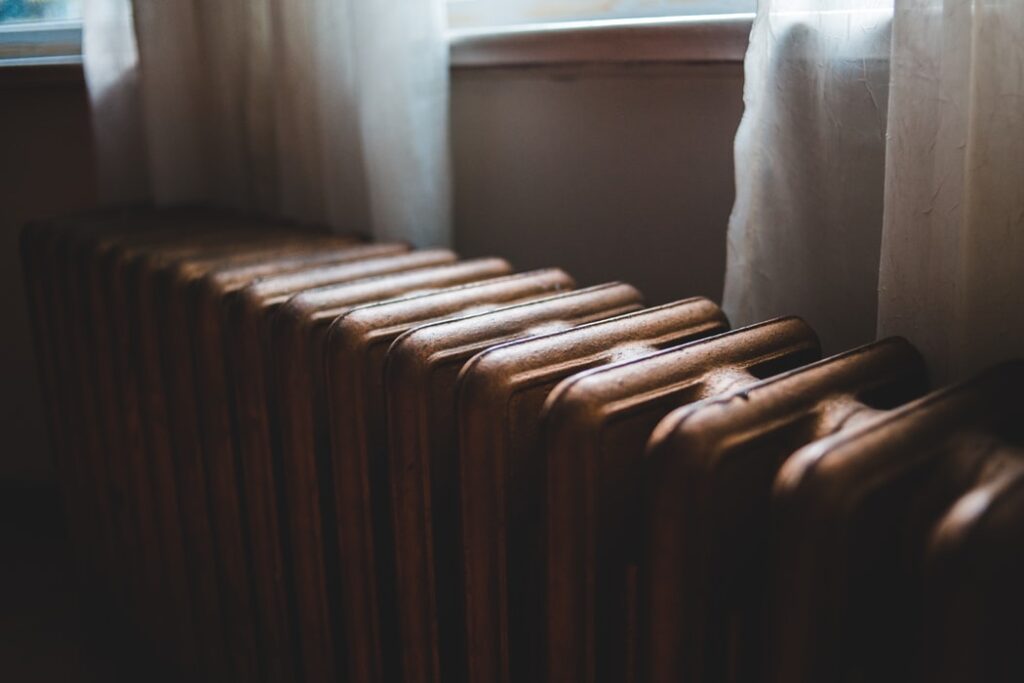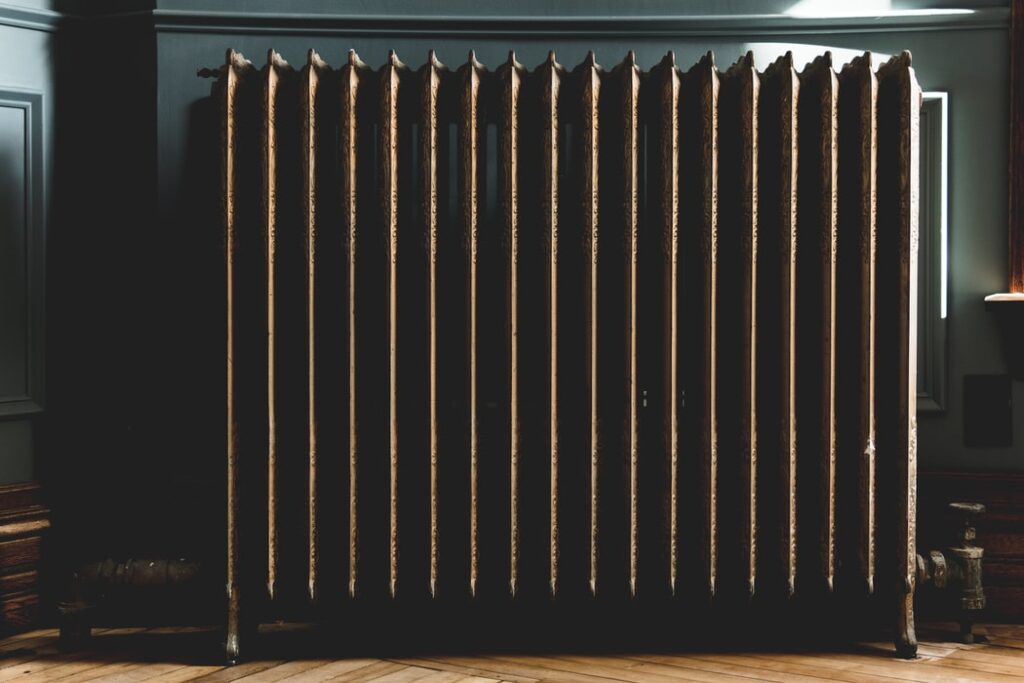Aren’t cast iron radiators ever so fancy? They’re something of a dark horse in the radiator world. You don’t see them very often, but when you do, they are awfully impressive to look at. I really like a solid cast iron radiator, which is why I find it ever so slightly odd that more people don’t have them in their homes.
It’s almost as if cast iron is something of a no-go for many people. I believe it’s down to some sort of misconception that cast iron radiators aren’t ideally suited to homes, or that they’re difficult to look after; both things I want to show couldn’t be further from the truth.
For anyone out there currently researching cast iron radiators who has stumbled upon this article, or anyone who has always thought that such a radiator would look good in their home but hasn’t pulled the trigger on committing to buying one, let me put all your worries and assumptions at rest. I want to guide you through everything you should know before buying a cast iron radiator.
I can’t promise it will turn you into a cast iron aficionado, but I can hopefully showcase some of the ways in which cast iron is much better than you’ve been led to believe, so let’s start with one of the biggest misconceptions: material.
Cast Iron is Cast Iron

Do you know what radiators are made from? If you look at the ones in your house right now while reading this (if you’re not at home, quickly scan around for a radiator to look at), do you know exactly what material the radiator is made of?
Most radiators you’ll find in a home are made from steel before being coated in paint. If you’ve ever had someone say they have a chrome, silver, copper or bronze radiator, they will always be referring to the finish applied on top and never to the radiator’s material.
The only time you’ll have the material describe the radiator is when you’re looking at cast iron radiators. They will always be made from iron and not have some sort of finish on top. The “cast” in the name refers to the literal casting of the iron to create a definite shape (more on that next).
If you were ever shopping for a cast iron radiator and the product is described as something like “cast iron steel”, run away from the radiator immediately as it isn’t worth getting involved with.
The shape stays the same

The defining feature of a cast iron radiator is the unique shape and ornate designs the product is made from. Many manufacturers take a lot of pride in the design of their radiators, especially if the business has a history going back generations. With specific companies having specific designs, you’ll want to shop around and see which you prefer. It doesn’t mean you are stuck with patterned columns though. There are many brands which design modern looking cast iron radiators that honestly wouldn’t look out of place in redecorated kitchens, halls and living rooms.
I’d only warn that if you’re going with a cast iron radiator which has sculpted designs, do not hide the radiator out of sight behind furniture. You’re paying that little extra for the look, so show it off.
You can go a little wild with colour

Just because cast iron radiators have an old school design, it doesn’t mean they can’t have a modern look. I love it when a radiator has had a custom paint job. Anything away from the usual blank white or beige is a big thumbs up in my book. That’s why I think you should know that there are sites out there which will professionally paint a radiator any colour you like before it whizzes its way to your front door.
Case in point, the lovely people at Trade Radiators, whose range of custom cast iron radiators you can see here. They have a good chunk of products which you can ask to get painted in anything from the darkest blacks to neon pinks and greens. While you can go wild with colour, I would recommend opting for the job to be done professionally. You might think that a little DIY job in the garden with some gloss or a spray can will get the job done, but an amateur paint job can leave you with air bubbles, blotches, and the risk of the paint splitting after a few years; all things you want to avoid.
You want to avoid second hand

A bit like buying a second-hand car and praying it will last until you can afford a good motor, you might want to avoid going near second hand cast iron radiators. While it is true that a well-maintained radiator can last for decades (after all, cast iron radiators were made back when things were made to last forever), a radiator which has seen better days won’t provide you with adequate heating efficiency.
Getting an old one checked and internally refurbished will cost money, and you won’t be guaranteed a specific length of time. Even the companies that make cast iron radiators in this day and age with the latest heating technology will only typically give you a guarantee of 10 years of perfect heating.
You can fake it if you like

Think a cast iron radiator would look great in a spare room, or a conservatory/sunroom, but you don’t want to have to call someone round to lift floorboards and get pipes moved around? Well, you can cheat a little bit by nabbing yourself a nifty electric cast iron radiator.
Some of the top radiator stores now give you the option of having a radiator made to be fully electric. That means the radiator is entirely independent and works on its own. You hang it on the wall like a normal radiator but forego pipes and just plug it in to get it going. The benefits of this are that your radiator never needs bleeding. If something goes wrong, you know that it is the radiator which is at fault and not something pesky in your central heating (no more walking about the house and touching every radiator one by one).
Now find your ideal cast iron radiator
I hope you’ve found all this information helpful and it will, at the minimum, make finding a cast iron radiator easier. For more handy articles on all things home-related, check out the house section of the site.
